Curious Questions: How did shrews get such a bad name?
The shrew is a tiny and seemingly-inoffensive creature of the meadow. So how did it end up becoming a byword for an implacable, nagging woman? Ian Morton explains.

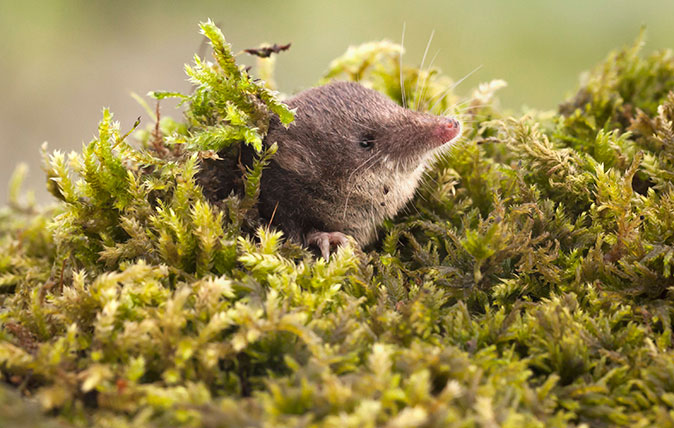
The Oxford English Dictionary gives two definitions for ‘shrew’.
‘1. A small insectivorous mammal resembling a mouse with a long pointed snout and tiny eyes;
'2. A bad-tempered or aggressively assertive woman.’
The two are difficult to equate, so what are the origins of the vilification of a small mammal so timorous that the shock of being picked up – or even a clap of thunder – may kill it?
Shakespeare has established for posterity the shrew as a woman of difficult disposition, but he was only reiterating a long-established tradition that condemned the animal as venomous and equated it with a tempestuous female.
Audiences of the day were wholly familiar with the symbolism. Across many cultures, university professor and folklorist Jan Harold Brunvand (expert on the concept of ‘urban legend’) traced more than 400 versions of the shrewish woman tamed, its popularity seemingly assured in male-dominated societies in which insubordinate females needed to be compelled or cajoled into compliance.
“The shrew was so despised that it was one of the nicknames for the Devil himself”
The denigration of the shrew itself as a nasty little creature dates from early recorded history. Ancient Greek philosopher Aristotle recorded that the animal was considered venomous. First-century Roman writer Pliny offered no fewer than 18 cures for its bite, the most dramatic being to tear the shrew open and hold its carcass on the wound. In the 2nd century, Roman scribe Aelian noted the belief that mere contact with a shrew would render horses and cattle lame and that ‘every beast of burden dreads the shrew-mouse’.
Exquisite houses, the beauty of Nature, and how to get the most from your life, straight to your inbox.
Conversely, the Ancient Egyptians revered the shrew and accorded it a ritual burial. The animal’s name, of Germanic origin, was established in Old English in the 8th century.

In a superstitious era, when animals were widely believed to exert a mystical influence on humans, the shrew’s supposedly poisonous attribute became, at some point, transposed onto a person inclined to be evil or quarrelsome.
It was applied to either sex and the mid-13th-century Bodleian Bestiary classified human shrews as ‘greedy men who seek earthly goods and make the goods of others their prey’. In fact, the shrew was so despised that it was one of the nicknames for the Devil himself and a favourite medieval imprecation to invoke harm was ‘I beshrew thee’.
“Shakespeare was serving the traditional male fantasy of achieving mastery over an awesome female to the admiration of his fellows”
Chaucer repeated the male allusion in The Pardoner’s Tale, equating the shrew with riotous greed and bracketing it with rats and polecats, but he also made the first written references to women as shrews – in the prologue to the Wife of Bath’s Tale, in which ‘chydying wyves maken men to flee Out of hir hous… wel may that be a proverbe of a shrew!’, and in The Merchant’s Tale epilogue, with ‘But of hir tongue a labbyng shrewe is she’.
By Shakespeare’s time, the tempestuous woman had assumed possession and although The Taming of the Shrew, written in 1590–92, was his showpiece, he employed the female reference elsewhere on some 70 occasions. By doing so, he was serving the traditional male fantasy of achieving mastery over an awesome female to the admiration of his fellows, but he was also preserving for posterity what was probably the best example of savage, ill-founded folklore.

Just how entrenched the shrew’s bad reputation was emerged in 1658, with Edward Topsell’s Historie of Foure-Footed Beasts and Serpents, a bestiary largely taken from work by Swiss scholar Konrad Gesner and an amalgam of legend, lore, fantasy and little fact. Topsell totally shredded the shrew. It was ‘a ravening beast, feyning itself to be gentle and tame, but being touched it biteth deep and poisoneth deadly. It beareth a cruel mind, desiring to hurt anything, neither is there any creature it loveth or it loveth him, because it is feared of all’.
He repeated the Roman warning that ‘if horses or any labouring creature do feed in a pasture or grass in which a shrew shall put forth her venom or poison in, they will presently die’.
Attributing double rows of teeth to the shrew, he threatened dire consequences of a bite, especially by a pregnant female, with ‘a certain vehement pain and grief, also a prickling over the whole body… with an inflammation or burning heat… and a fiery redness therein in which a black push or like swelling with a watery matter and filthy corruption doth arise, and all parts of the body… seem black and blewe with the marvellous great pain, anguish and grief’.
Mercifully, he was equally forthcoming on cures: a powder of burnt shrew mixed with goose grease, shrew ash mingled with fennel juice, dried barley and mustard seed taken in wine, crushed garlic with fig leaves and cummin, ground ram’s hoof in honey, hare’s genitals drunk in vinegar, lamb or kid genitals with herbs, various compounds of thistle root, rocket, gentian and young laurel leaves, and even dog dung applied to a bite. It seems that no one needed to suffer marvellous great pain, anguish and grief, after all. Farm animals were similarly treatable and a live shrew imprisoned in an ash tree offered relief as the creature expired.
Zoology vindicates the shrew. Worldwide, there are 385 varieties, but we have three (there are two others on the Scillies and Channel Islands) and only one has a toxic bite, the water shrew, which paralyses small aquatic prey with poison that runs through grooves in its teeth. The others, the pygmy shrew and common or Eurasian shrew, offer no such threat.
One of the most abundant small mammals, with up to 20 per acre of meadow, the common shrew isn’t a rodent, but most closely related to moles and hedgehogs. It has tiny spiked teeth rather than incisors, lives at a frantic pace, with up to 1,200 heartbeats and as many as 800 breaths a minute, has a high metabolic rate and must eat at least its own weight per day of insects and woodlice, foraging many times day and night and taking two-hour naps between forays.

It has poor vision, yet smells and hears well and uses echolocation by means of ultrasonic squeaks to find its way round its territory. The male hunts constantly for females, which may have as many as 10 litters a year with up to 10 young. If disturbed, she may lead the brood to safety, one of the litter attaching itself to her rear and the rest clinging to each other in turn like circus elephants. The shrew stores no body fat and doesn’t hibernate, so its constant food quests continue through the year, making it regular prey for owls and hawks.
Topsell’s ‘ravening beast’ surely stands exonerated after centuries of shameful injustice and language moves on. Shakespeare’s play is treasured literature, but archaic entertainment rather than male propaganda. Strong-minded women are successful and respected in most walks of life and to liken one to a shrew would be rude, sexist and probably legally dangerous – and to be described as shrewd, once a slur, is actually rather pleasing.

Curious Questions: How do you make the perfect cream scone?
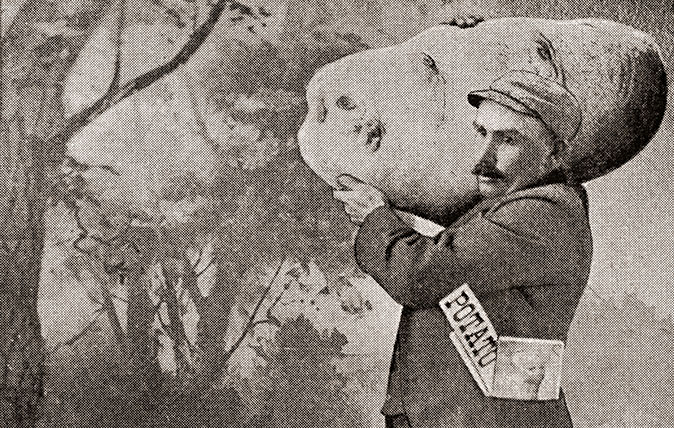
Credit: Corbis via Getty Images
Curious Questions: What is the biggest potato ever grown?
As harvests come in across Britain, we always enjoy pictures of giant vegetables appearing at various shows. But the tale
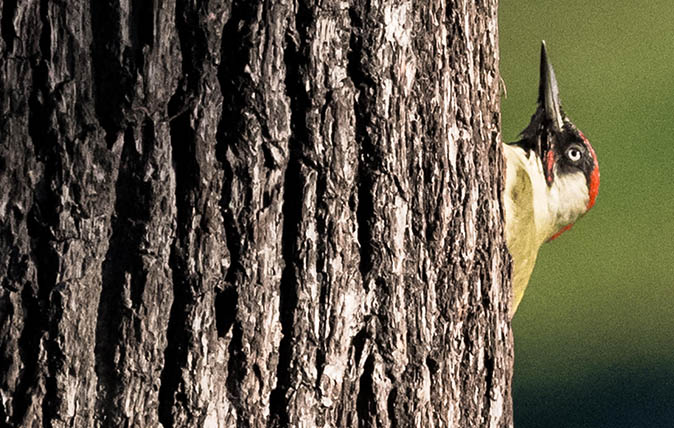
Curious Questions: Why don't woodpeckers hurt their heads?
Woodpeckers submit their poor heads to punishment which would devastate most creatures, yet as far as we know they fly
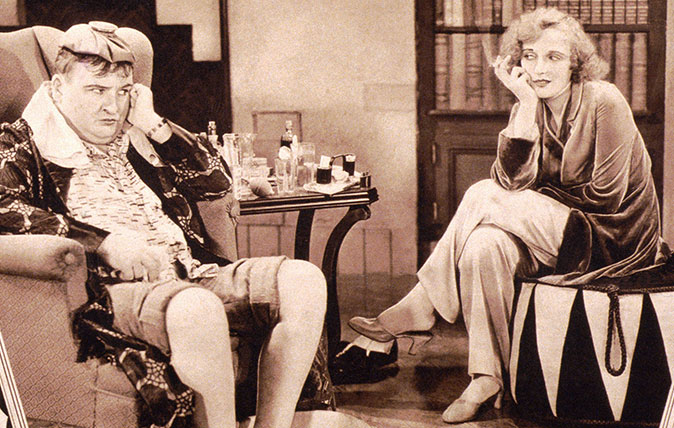
Curious Questions: What is the perfect hangover cure?
If there's a definite answer, it's time we knew. Martin Fone, author of 'Fifty Curious Questions', investigates.

Credit: apples and oranges Photo by Best Shot Factory/REX/Shutterstock
Curious Questions: Can you actually compare apples and oranges?
It's repeated so often these days that we've come to regard it as a truism, but are apples and oranges
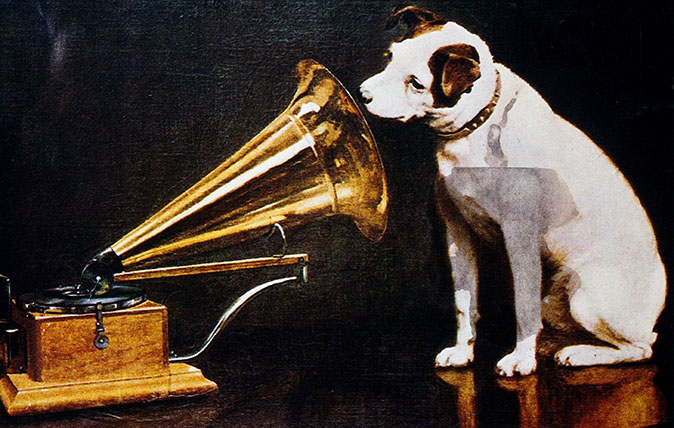
Credit: Alamy Stock Photo
Curious questions: Do dogs like listening to music?
As a nation of dog lovers, we’ve already seen home-cooking for canines, ‘pup cakes’ and Pawsecco. Now, we’re composing music
Country Life is unlike any other magazine: the only glossy weekly on the newsstand and the only magazine that has been guest-edited by His Majesty The King not once, but twice. It is a celebration of modern rural life and all its diverse joys and pleasures — that was first published in Queen Victoria's Diamond Jubilee year. Our eclectic mixture of witty and informative content — from the most up-to-date property news and commentary and a coveted glimpse inside some of the UK's best houses and gardens, to gardening, the arts and interior design, written by experts in their field — still cannot be found in print or online, anywhere else.

